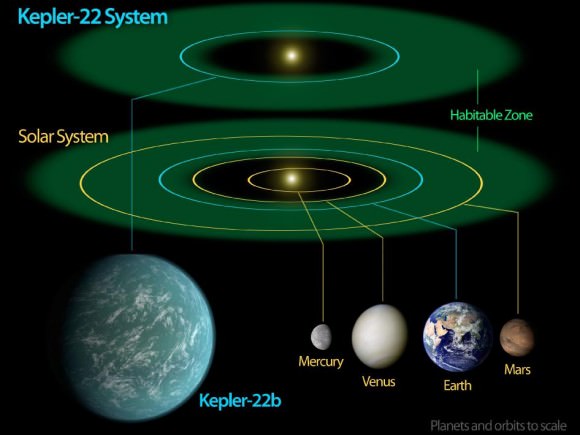As we continue to explore farther out into our solar system and beyond, the question of habitation or colonization inevitably comes up. Manned bases on the Moon or Mars for example, have long been a dream of many. There is a natural desire to explore as far as we can go, and also to extend humanity’s presence on a permanent or at least semi-permanent basis. In order to do this, however, it is necessary to adapt to different extreme environments. On the Moon for example, a colony must be self-sustaining and protect its inhabitants from the airless, harsh environment outside.
Mars, though, is different. While future bases could adapt to the Martian environment as well, there is also the possibility of modifying the surrounding environment instead of just co-existing with it. This is the process of terraforming – essentially trying to tinker with Mars’ atmosphere and environment to make it more Earth-like. Although still a long ways off technologically, terraforming the Red Planet is seen as a future possibility. Perhaps the bigger question is, should we?
One of the main issues is whether Mars has any indigenous life or not – how does this affect the question of colonization or terraforming?
If Mars does have any kind of biosphere, it should be preserved as much as possible. We still don’t know yet if any such biosphere exists, but the possibility, which has only increased based on recent discoveries, must be taken into account. Such a precious discovery, which could teach us immensely about how life arose on both worlds, should be completely off-limits. Small colonies might be fine, but living on Mars should not be at the expense of any native habitats, if they exist. The most likely place to find life on Mars is underground. If the surface is truly as sterile and barren as it seems to be, then colonies there shouldn’t be too much of a problem. It has also been suggested that Martian caves would make ideal human habitats, serving as natural protection from the harsh conditions on the surface. True, but if it turned out that something else was already taking up residence in them, then we should leave them alone. If Mars is home to any indigenous life, then terraforming should be a non-issue.
What if Mars is lifeless? Even if no life otherwise exists there, that pristine and unique alien environment, so far barely scratched by humans, needs to be preserved as is as much as possible. We’ve already done too much damage here on our own planet. By studying Mars and other planets and moons in their current natural state, we can learn so much about their history and also learn more about our own world in that context. We should appreciate the differences in and variety of worlds instead of just transforming them to suit our own ambitions.
There is also the more current but related problem of contamination. There has been a long-standing protocol, via the 1967 Outer Space Treaty, to have all spacecraft going to the Moon or Mars sterilized as much as possible. If bacteria from Earth made it to the Martian surface and survived, it would complicate the search for life there; if a lander or rover was to later identify living organisms in the soil, it might be difficult to determine whether they were just contamination or true native life forms. From both a scientific and ethical perspective, it would seem prudent to try to protect Mars as much as we can from earthly intruders. This applies equally to whether Mars is already inhabited or not. Fortunately, for almost any kind of bacteria or other microrganisms from Earth, it would be very difficult if not impossible to survive on the Martian surface, nevermind flourish. The risk of planet-wide contamination is very negligible, but it is still better to take strict preventive measures than to play with chance.
See also this excellent paper by astrobiologist Chris McKay. Some different views from this article on whether Mars should be protected and preserved at all costs or altered to help life to flourish there, but is a good presentation of the current ideas being put on the table. From the summary:
“Planetary ecosynthesis on Mars is being seriously discussed within the field of planetary science. It appears that restoring a thick atmosphere on Mars and the recreation of an environment habitable to many forms of life is possible. It is important now to consider if it “should” be done. To do this takes us into new and interesting territory in environmental ethics but both utilitarian and intrinsic worth arguments support the notion of planetary ecosynthesis. Strict preservationism arguments do not. It is important to have the long-term view of life on Mars and the possibilities of planetary ecosynthesis. This affects how we explore Mars now. Mars may well be our first step out into the biological universe, it is a step we should take carefully.”


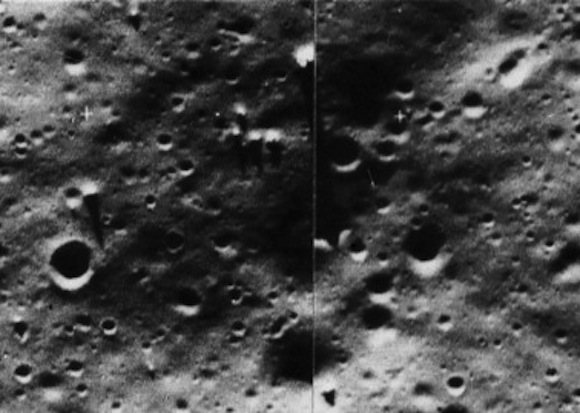
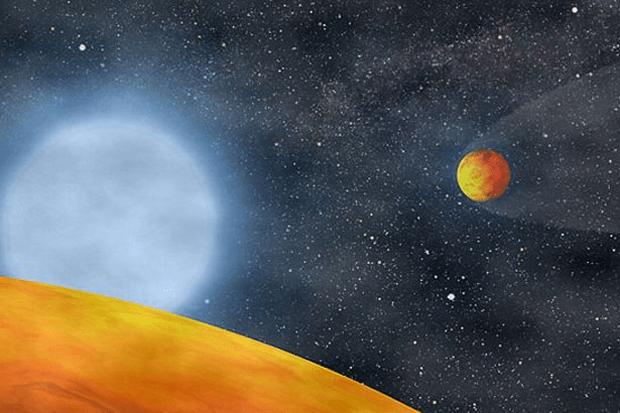
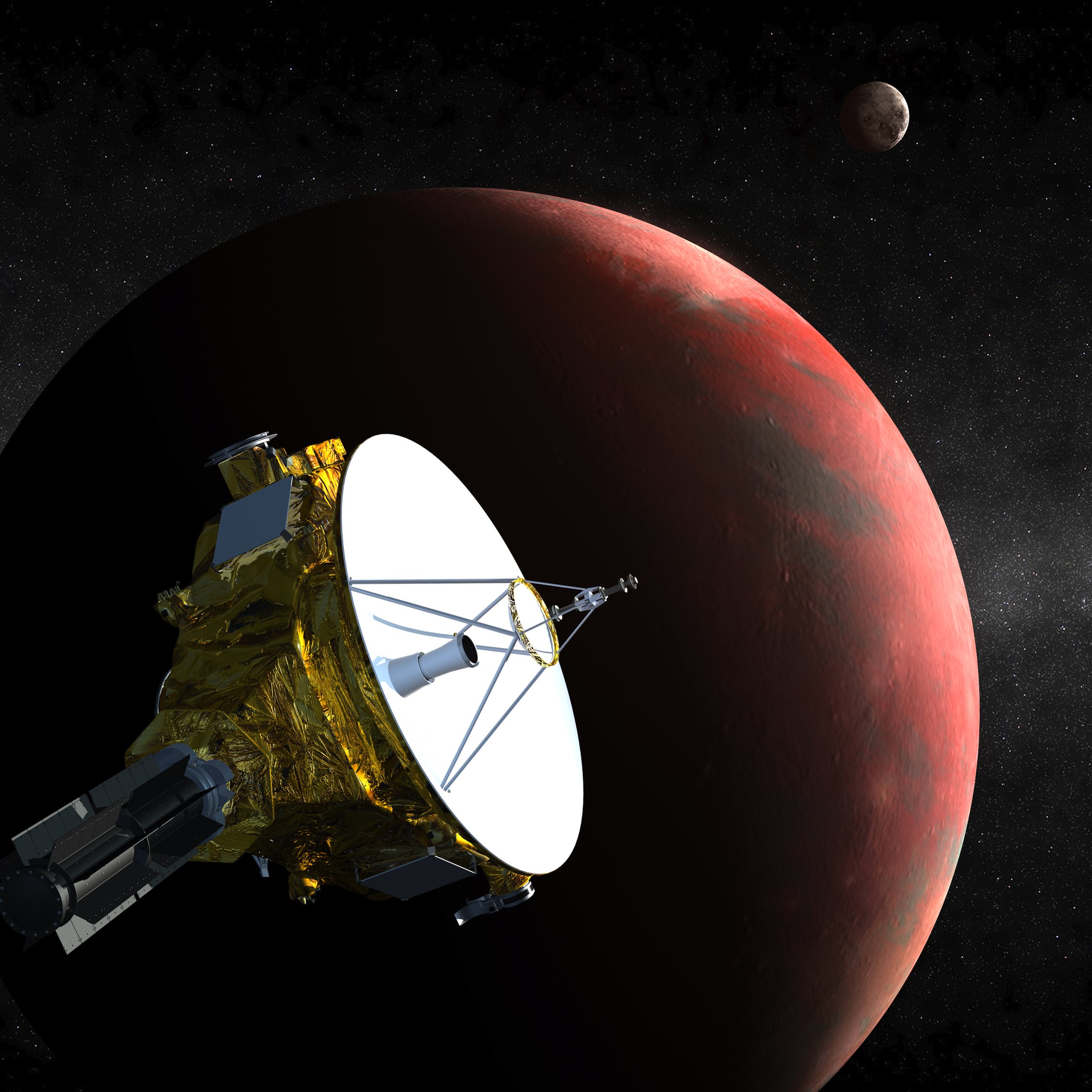
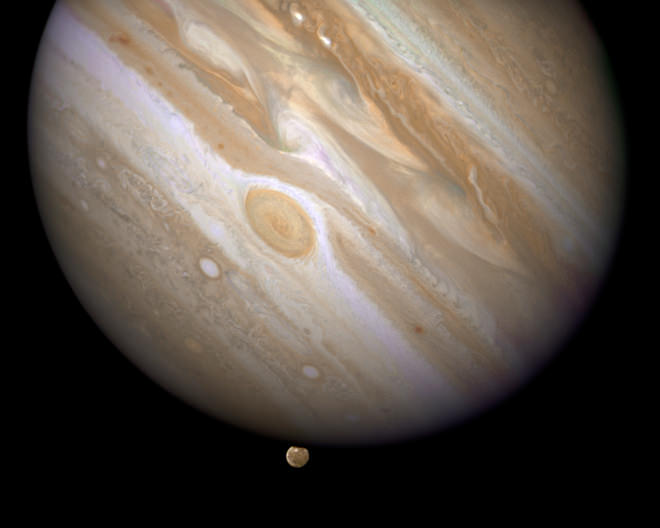
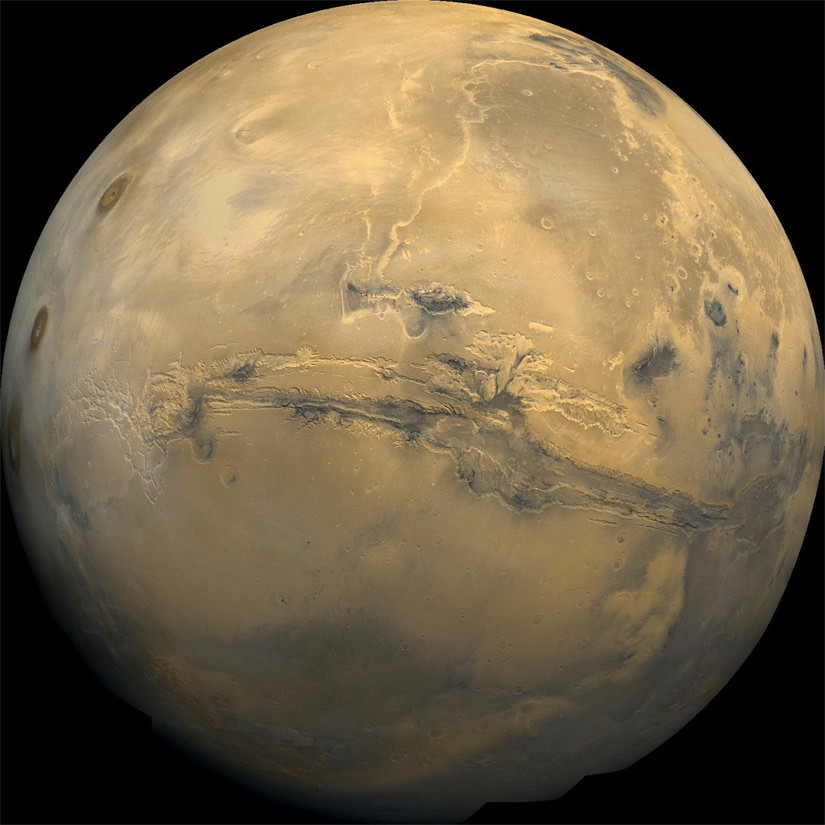
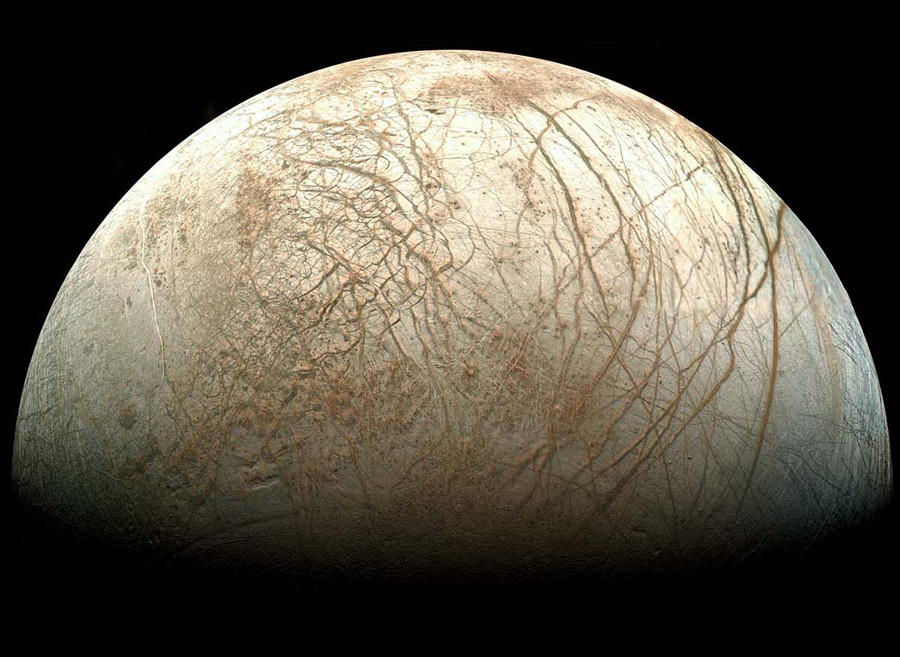
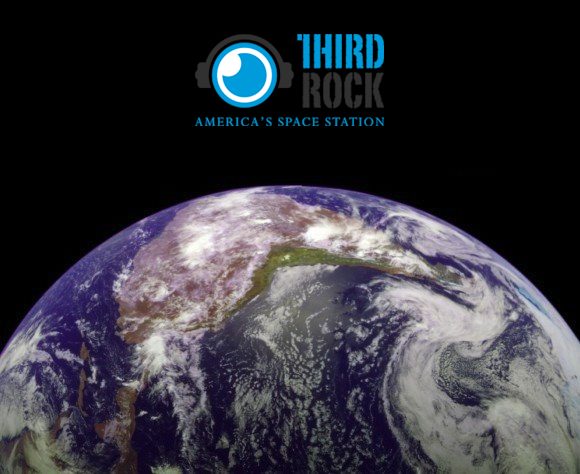
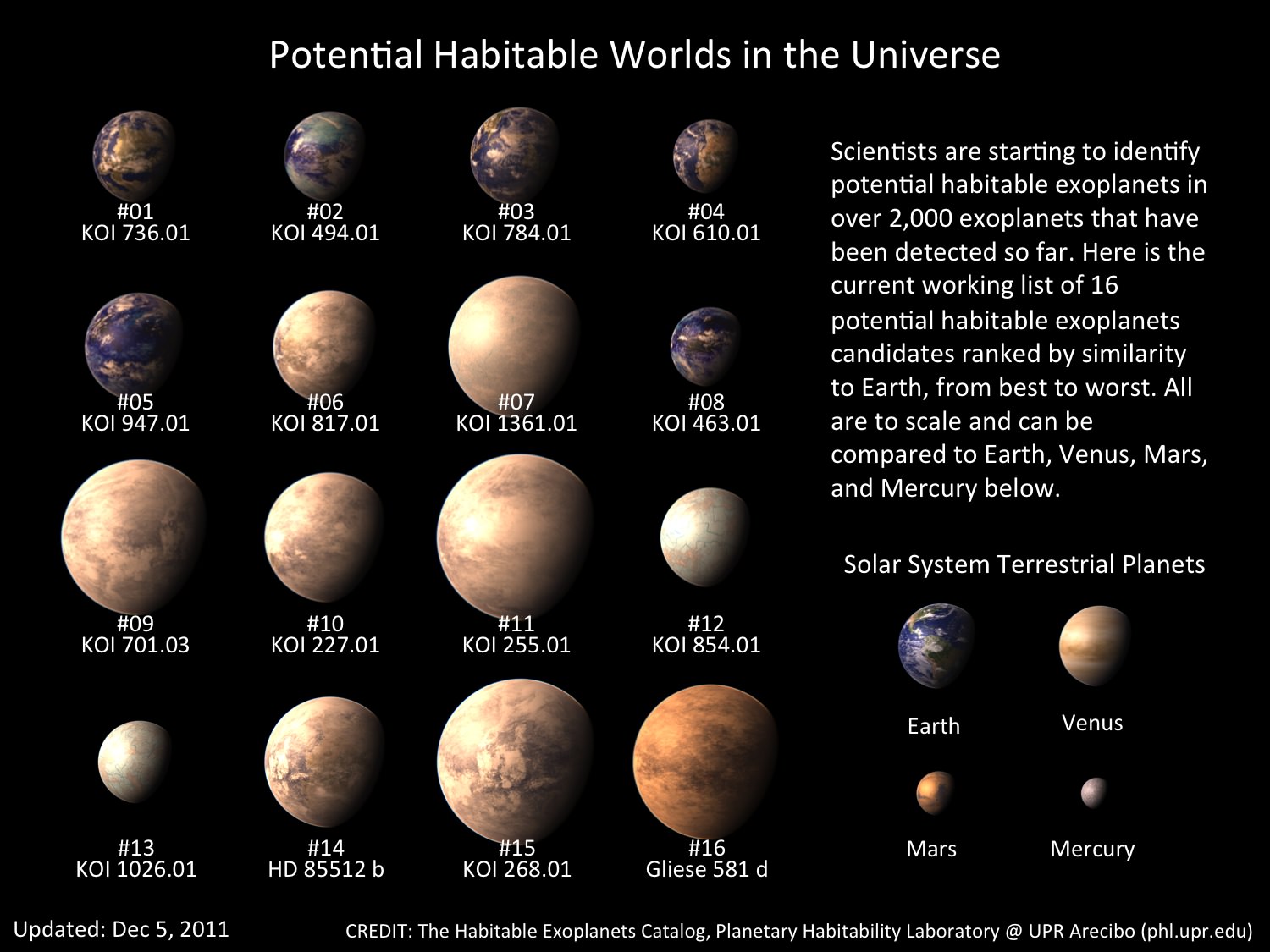
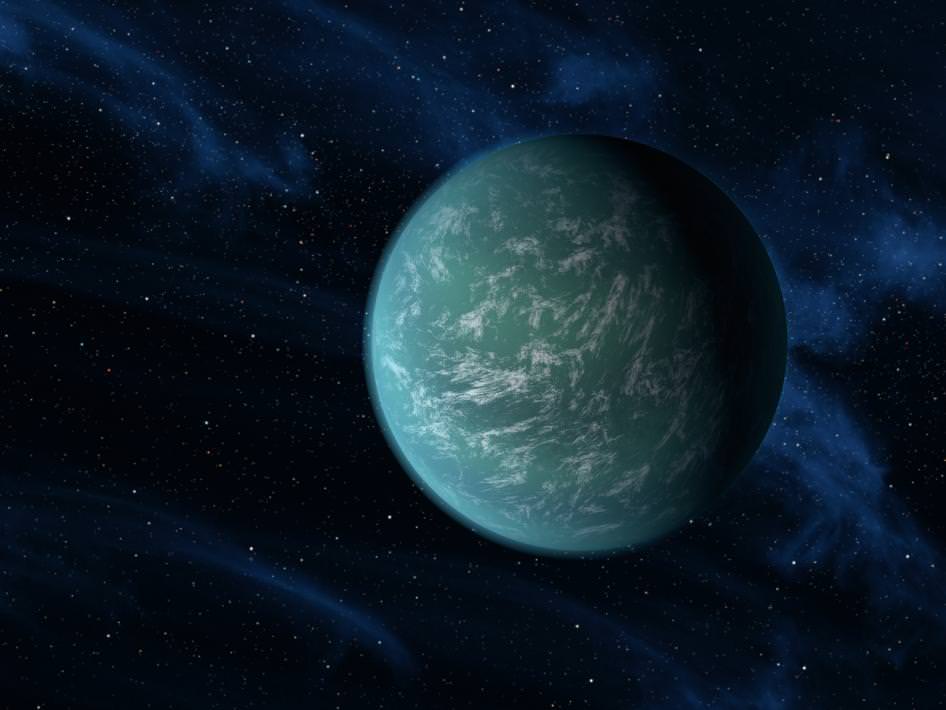
 It was also announced that Kepler has found 1,094 more planetary candidates, increasing the number now to 2,326! That’s an increase of 89% since the last update this past February. Of these, 207 are near Earth size, 680 are super-Earth size, 1,181 are Neptune size, 203 are Jupiter size and 55 are larger than Jupiter. These findings continue the observational trend seen before, where smaller planets are apparently more numerous than larger gas giant planets. The number of Earth size candidates has increased by more than 200 percent and the number of super-Earth size candidates has increased by 140 percent.
It was also announced that Kepler has found 1,094 more planetary candidates, increasing the number now to 2,326! That’s an increase of 89% since the last update this past February. Of these, 207 are near Earth size, 680 are super-Earth size, 1,181 are Neptune size, 203 are Jupiter size and 55 are larger than Jupiter. These findings continue the observational trend seen before, where smaller planets are apparently more numerous than larger gas giant planets. The number of Earth size candidates has increased by more than 200 percent and the number of super-Earth size candidates has increased by 140 percent.